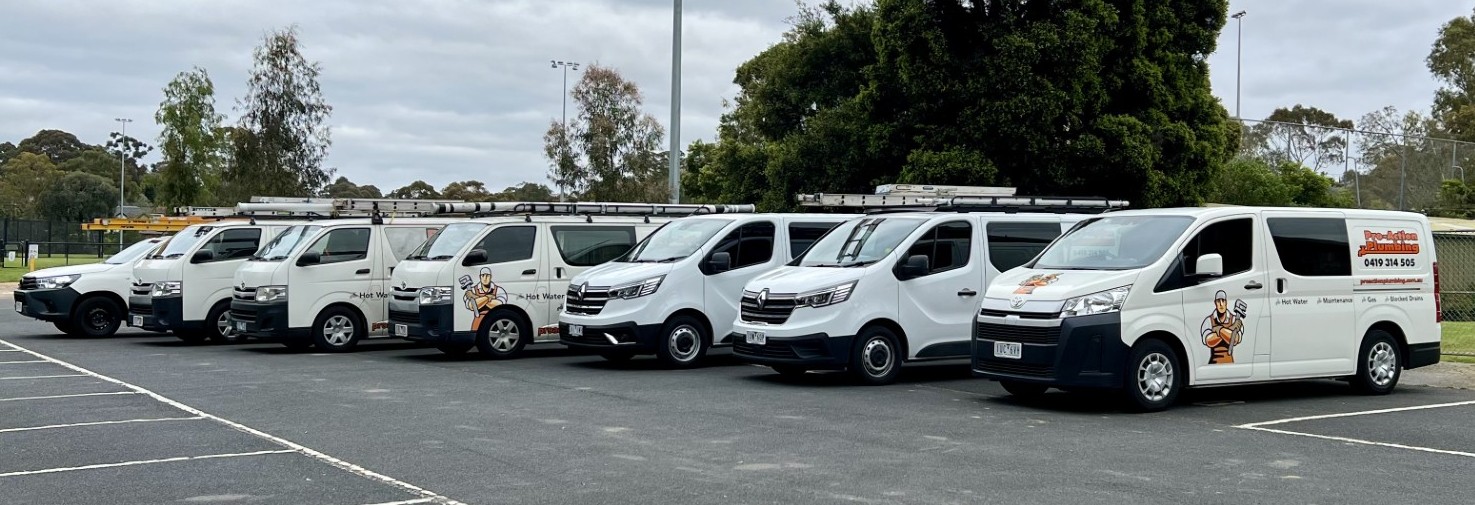
How to Read Your Water Meter to Check for Leaks
Water leaks are one of the most common (and costly) plumbing issues homeowners face—especially because many go unnoticed for weeks or even months. Whether it’s a dripping tap, a hidden underground leak, or a leaking toilet, small leaks can add up fast on your water bill and waste thousands of litres.
Fortunately, reading your water meter is a simple and effective way to detect leaks early. In this blog, we’ll explain how to read your meter, what signs to look for, and when to call a professional.
What Is a Water Meter?
Your water meter tracks the amount of water used in your home and is usually installed at the front boundary of your property, near the footpath or driveway. It’s maintained by your local water authority (e.g., Yarra Valley Water), but you can access it any time to monitor usage.
The meter helps detect:
- Sudden spikes in water use
- Unexplained high bills
- Leaks in your plumbing system
How to Find Your Water Meter
- Walk to the front of your property and look for a small rectangular or circular metal/plastic lid marked “WATER” or “METER.”
- Carefully lift the cover with a screwdriver or glove (watch for spiders).
- Inside, you’ll see a glass-covered dial with several numbers and possibly a spinning indicator.
How to Read the Meter
Your water meter will have a combination of black and red digits:
- Black numbers measure kilolitres (1,000 litres per unit) – this is what your water provider uses for billing.
- Red numbers (or dials) measure litres and fractions of a litre for more precise readings.
- A small spinning dial or triangle shows real-time flow—this is especially helpful for detecting leaks.
Step-by-Step: Using the Meter to Check for Leaks
Here’s a simple test to check if your home has a hidden water leak:
- Turn off all taps and appliances that use water (inside and out). Don’t forget dishwashers, washing machines, or toilets.
- Go to your water meter and take note of the reading, including black and red digits.
- Watch the small dial or triangle – if it’s spinning, water is still flowing, which likely indicates a leak.
- Wait 30 to 60 minutes without using any water in your home.
- Take another reading. If the numbers have changed, it means water is still being used—confirming a leak.
Common Leak Sources
If your test shows signs of a leak, here’s where to check next:
- Toilets – the most common hidden culprit. Listen for water running or conduct a dye test in the cistern.
- Taps and showers – look for drips that persist even when off.
- Irrigation systems – outdoor sprinkler leaks often go unnoticed.
- Hot water systems – check for pooling or dripping near the base.
- Under house or driveway – damp soil or unexplained patches of green grass can indicate underground leaks.
When to Call a Professional
Some leaks are simple to fix—others are hidden behind walls, under slabs, or underground. If you’ve done a leak test and confirmed ongoing water loss, it’s time to call a licensed plumber.
At Pro-Action Plumbing, we use advanced leak detection tools to:
- Pinpoint the exact location of hidden leaks
- Prevent unnecessary digging or damage
- Provide fast and cost-effective repairs
We service homes across Melbourne’s eastern suburbs including Ringwood, Croydon, Doncaster, Mitcham, and surrounding areas.
Save Water, Save Money
Reading your water meter regularly is a great habit to get into—especially before and after receiving your water bill. With a little knowledge and a quick 10-minute test, you can catch leaks early, conserve water, and avoid nasty surprises.
Suspect a leak? Contact Pro-Action Plumbing today for expert leak detection and repair services.
